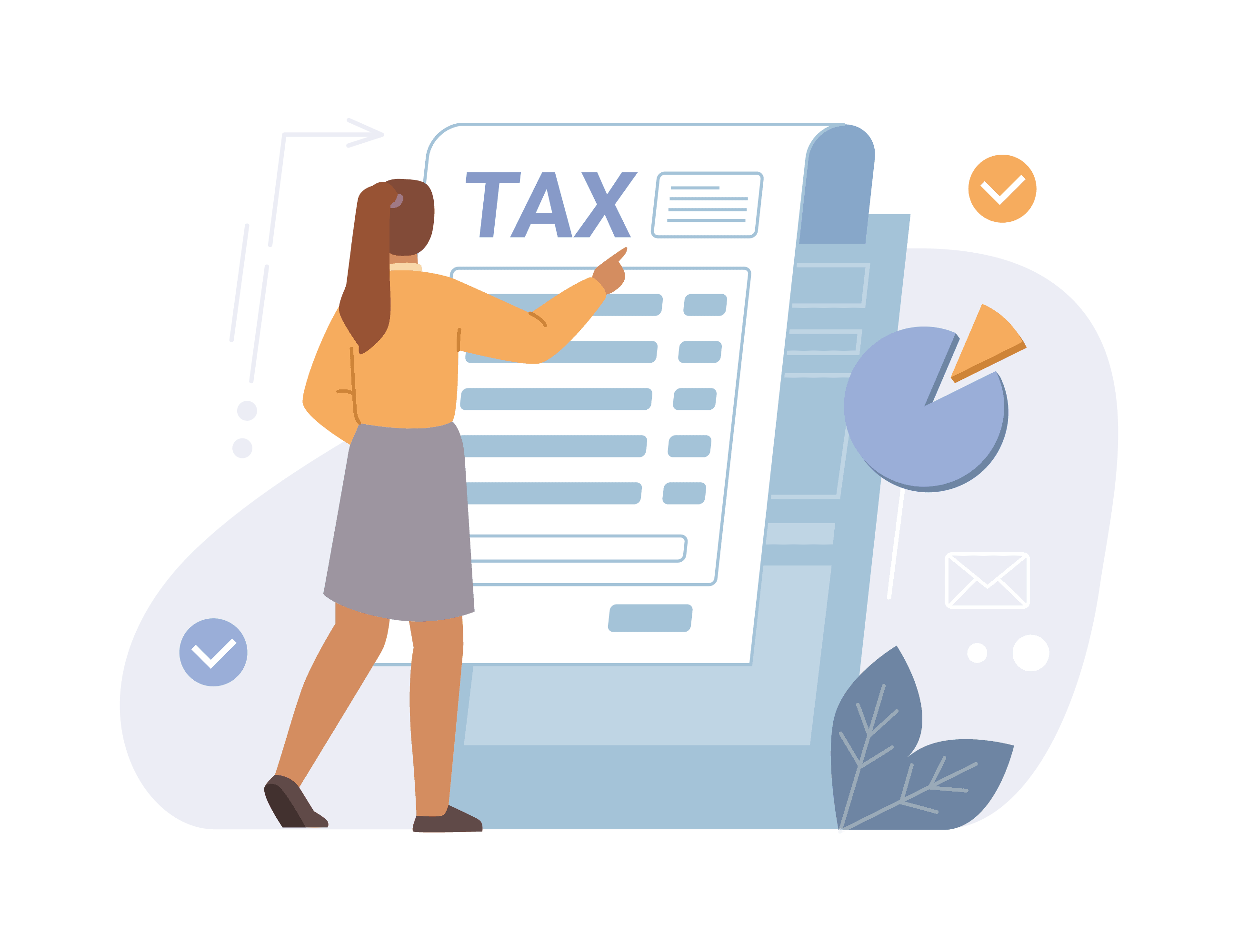Local governments are dishing out huge incentives for solar panels, making the switch easier and cheaper than ever before. Not only are solar panels environmentally friendly, but they can also significantly reduce your electricity bills over time. If you’re considering making the switch to solar energy, you’ll be pleased to know that there are various incentives, rebates, and tax credits available in many areas to make the transition even more appealing. In this article, we’ll delve into the world of incentives and rebates, helping you understand how they can make your solar dreams a reality.

1. Understanding the Landscape of Incentives and Rebates
In many regions, governments and local authorities recognize the importance of promoting renewable energy adoption, and they’ve introduced a range of financial incentives to encourage homeowners to go solar. They often take the form of cash rebates, tax credits, grants, or even low-interest loans. The purpose of these incentives is to offset the initial costs of purchasing and installing solar panels, making the transition more accessible and financially feasible for a wider range of consumers.
Research is key when it comes to understanding the specific incentives and rebates available in your area. Each jurisdiction may have its own set of programs and eligibility criteria. Some programs are time-sensitive, meaning they have deadlines for application submissions, while others might have limitations based on the capacity of the solar installation. By taking the time to explore what is available, you can potentially save a substantial amount of money on your solar panel installation.
2. Navigating the Application Process and Eligibility Criteria
Applying for solar incentives and rebates might sound daunting, but it’s typically a straightforward process with the right guidance. Once you’ve identified what is applicable to your area, the next step is to gather the necessary documentation and submit your application. Common documents include proof of purchase of solar panels, installation details, and sometimes a certification from the solar panel manufacturer or installer.
Eligibility criteria can vary, but they often consider factors such as the size of your solar installation, your location, and whether you’re a residential or commercial customer. Some programs might prioritize low to moderate-income households or specific demographics, aiming to make solar energy accessible to a broader spectrum of society.
3. Maximizing the Benefits of Solar Incentives
While the financial incentives and rebates for solar panel installation are undoubtedly appealing, it’s essential to consider some strategies to maximize the benefits you can derive from these programs.
One crucial aspect to consider is the timing of your solar installation. Some incentives may have expiration dates, and the terms of these programs can change over time. By staying informed about the latest updates in your local rebate programs, you can strategically plan when to make the switch to solar. Timing your installation to coincide with the most advantageous incentives can help you save more money.
Additionally, explore the possibility of combining different incentives and rebates. Some programs might stack, allowing you to benefit from multiple sources of financial assistance. For example, you could qualify for a federal tax credit, a state-level rebate, and a local utility company’s incentive. By leveraging these various opportunities, you can significantly reduce your upfront costs.
Conclusion
Installing solar panels on your home not only contributes to a more sustainable future but can also bring significant financial benefits. The array of incentives and rebates available in many areas makes this transition even more appealing. By researching the incentives in your location, understanding the application process, and ensuring you meet the eligibility criteria, you’ll be well on your way to harnessing the power of the sun and enjoying cleaner, more affordable energy for years to come. Going solar is not just a savvy financial move; it’s a step towards a greener, brighter future.



